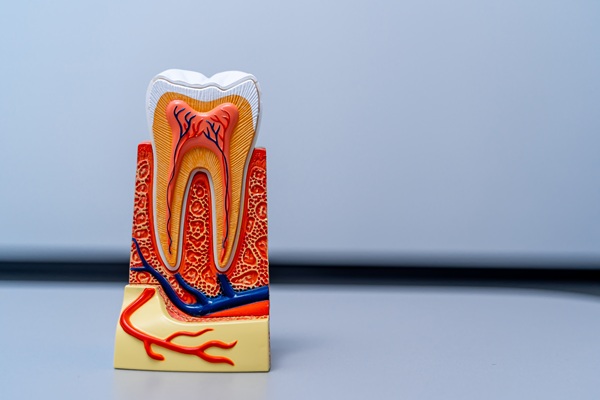What Is an Apicoectomy Procedure?

An apicoectomy is much like a root canal procedure. In a traditional root canal, the endodontist removes the infected pulp from the root canal space of the tooth. Once the endodontist fills the clean space, the tooth will return to its normal function. Apicoectomy also prevents the root canal from re-infection. If you want to know what apicoectomy is, here are the details.
The procedure
Apicoectomy lasts for about 30-90 minutes, depending on how complex the case is. During this procedure, the endodontist will inject a local anesthetic in the area. Then, the endodontist will incise the gum near the tooth. The endodontist will push the gum aside to reach the tooth’s root and infected gum tissue. Once there is access to the tooth, the endodontist will remove the infected tissue and a few millimeters of the root.
The endodontist will clean the inside part of the tooth and seal it with a tiny filling. This will prevent any infection from recurring. The endodontist may take another dental X-ray. The scan will make sure that the jaw and tooth look fine. It will also show the endodontist that there are no vulnerable spaces left.
Small stitches will close the gum tissue. Proper wound care will help the gum tissue to grow back. With time, the bone around the sealed root will heal in a few months. As the patient heals, the discomfort and pain will dissipate.
Why a patient needs an apicoectomy
A patient would need this endodontic surgery if the root canal procedure was not successful in clearing infected and necrotic tissues. Re-infection often occurs. It is a sign that the problem is close to the apex or the tip of the root. Endodontists recommend an apicoectomy as a final solution after at least one attempt at a root canal treatment. This procedure preserves the tooth. The alternative to this surgery is the extraction of the tooth.
An apicoectomy is helpful if there are anatomical problems with the root’s tip or crowding of the neighboring root. It can prevent issues that may spread to the neighboring teeth in the future. An endodontist often recommends this procedure to help the patient keep the tooth longer. If this surgery fails, then the patient must undergo a tooth extraction to stop the spread of the infection. By this time, the patient should get a removable denture, dental implant, or fixed bridge.
The recovery period
There will be some swelling and discomfort as the local anesthetic fades. This will go away after about three days. The patient can go back to daily activities after one to two days. Preventing postoperative infection is vital. That is why the endodontist will prescribe antibiotics. Anti-inflammatory and pain medications will help the patient counter the discomfort.
An apicoectomy is a procedure that can save your tooth
Infection in and around the tooth root can cause pain, swelling, and pus accumulation. If a root canal fails, the only remaining options are apicoectomy or dental extraction. An apicoectomy closes off the root by sealing the tooth from the root’s tip. Healing will then happen in the root, gums, and surrounding bone structure. An appointment with your endodontist will start your journey to better oral health.
Are you considering getting an apicoectomy in the Santa Rosa area? Get more information at https://santarosaendodontics.com.
Check out what others are saying about our services on Yelp: Read our Yelp reviews.
Recent Posts
A non-surgical root canal is an endodontic procedure known for preserving a tooth affected by severe decay, infection, or trauma, all without incisions in the gum tissue. Many patients become anxious when they hear the term "root canal," yet modern techniques can provide a gentler experience than expected. Endodontists often recommend this treatment when a…
A general dentist can perform basic tasks in tooth care, such as X-rays, oral examinations, filling cavities, and extractions. However, patients may be referred to an endodontist for more complex work, such as certain root canals. When is it likely for a dentist to refer a patient to this dental specialist?While a filling can fix…
Root canal treatment is often the first line of defense for treating teeth with compromised pulp chambers. The pulp chamber is the innermost layer of a tooth, and it stores nerves, blood vessels, and connective tissues. The chamber is sealed off from the rest of the tooth to protect it against bacteria and other irritants…
A root canal can preserve and strengthen a severely damaged or infected tooth. When seeing a root canal dentist, asking informed questions can provide clarity, ease concerns, and improve treatment outcomes. Understanding the procedure helps make the experience more comfortable and ensures you are well-prepared for each step.While each patient's situation is unique, the following…


